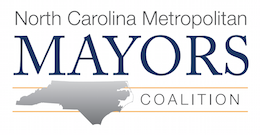From Mark Foster, CFO @ NCDOT
Rescissions occur when federal revenues are insufficient to cover previous budget authority. The budget authority given each year is the “maximum” available. The amount of “real billable” dollars is set by the annual obligation limit that is generally 80-90% of obligation authority. Even with that buffer, federal revenues have fallen short and in order to cover federally approved commitments (obligated projects), they have to take back budget authority in the form of rescissions. In essence, they are cleaning up the books to match fiscal reality. This is the 12th rescission since July, 2002.
Prior to this one, the Federal Government gave each State DOT the flexibility to choose where to take the cuts. As a result, certain programs, like the MPO direct attributable, were not previously reduced. This rescission is different because the Federal Government has mandated that the cuts will be across all programs and that FHWA will calculate the reductions. All programs with unobligated balances (budget authority not specifically tied to a federally approved project – i.e., one with a complete PS&E package and right of way certification) will lose budget authority.
North Carolina has enough unobligated budget authority to cover this rescission. What this means is that it will not have to deobligate an approved project (this is possible in other states). However, should Congress enact another significant rescission, North Carolina may not have enough buffer to protect all approved projects. Also, with less “real” budget authority, the selection and delivery of future projects will have to be prioritized to fit a smaller, federal program.


